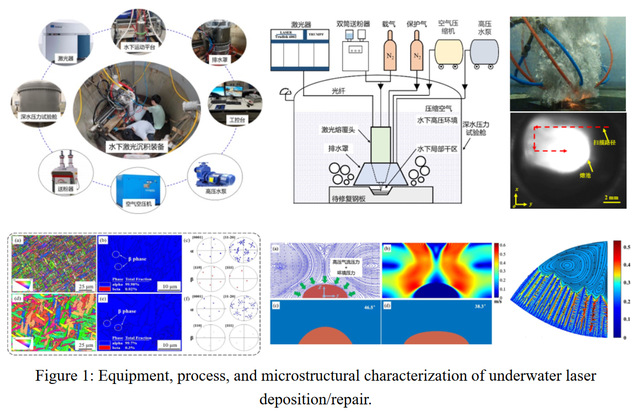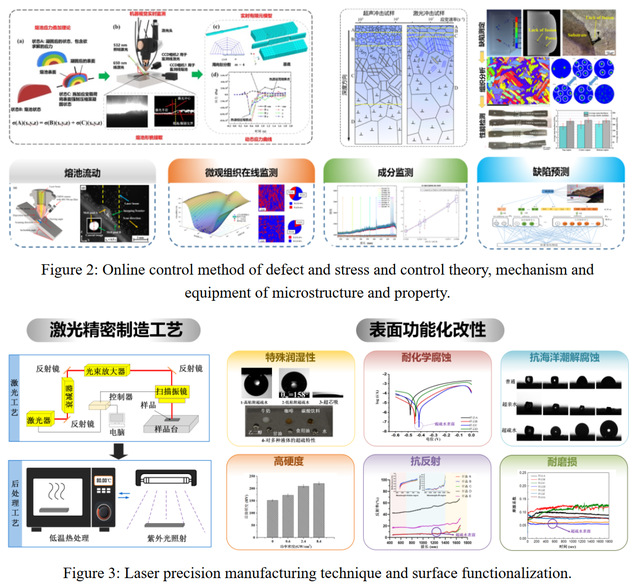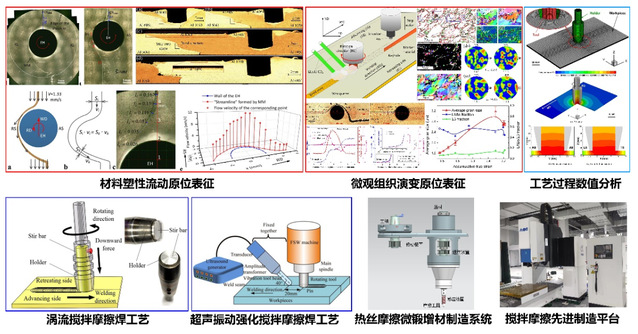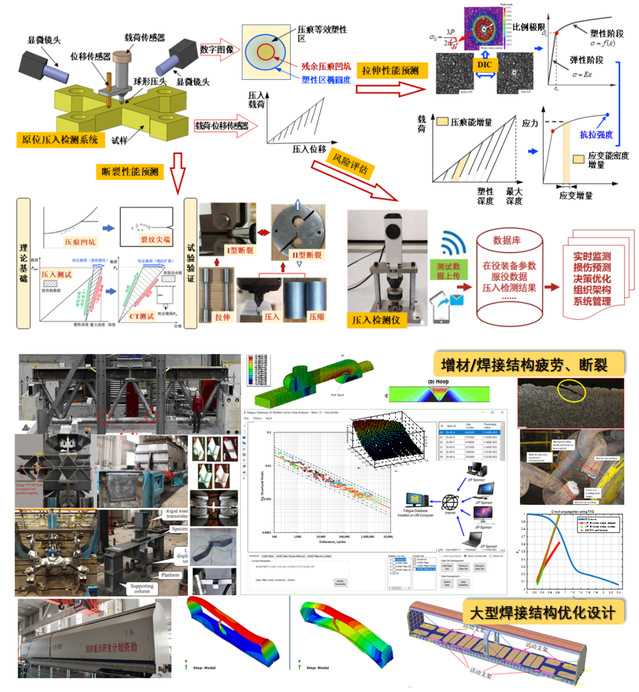The Advanced Welding and Additive Manufacturing team at Southeast University has eight full-time faculty members, including three professors and four associate professors. All team members have overseas study/work experience, and have established long-term cooperation and exchange relationships with internationally renowned universities such as University of Michigan, Ann Arbor, University of Massachusetts, Rensselaer Polytechnic Institute, Wayne State University, Osaka University, Delft University of Technology, and National University of Singapore. The team's main research interests: advanced laser manufacturing, advanced welding and additive manufacturing processes, mechanical behaviour and risk prediction of additive/welded structures, intelligent welding and additive manufacturing. The team has undertaken more than 30 national, provincial and ministerial scientific research projects, including the National Natural Science Foundation of China. It has published more than 150 SCI/EI papers in high-level journals, authorized more than 30 invention patents and published several academic monographs.
Team members
academic leader:Zhonghua Ni
core member:Guifang Sun, Xiaoyu Wang, Xiaochao Liu, Xianjun Pei, Yongzhe Li, Tairui Zhang, , Qinghua Wang
Research Direction 1: Advanced Laser Manufacturing
This research direction investigates the specific characteristics of different types of laser manufacturing processes and explores the extreme metallurgy, thermo-physical processes, and active control of internal quality for the laser-induced transient melt pool. On this basis, this research direction develops advanced laser manufacturing/re-manufacturing and surface modification techniques and extend the applications of laser processing techniques in diverse environments and areas. The main research content includes:
· Theory/technique/equipment of underwater laser deposition and repair;
· Strengthening and enhancement mechanism of on-land laser green remanufacturing;
· Online control method of defect/stress and control mechanism of microstructure and property;
· Laser surface functionalization technique;
· Laser precision manufacturing.


Research Direction 2: Advanced welding and additive processes
Research directions include: clarifying the physicochemical mechanisms of advanced solid-phase welding and additive processes, developing new welding and additive processes, and realizing high-quality and efficient welding and additive materials.

Research Direction 3: Mechanical behaviour and risk prediction of additive/welded structures
This research combines solid mechanics, materials science, data science, and optimisation theory, focusing on the weakening effects of the additive/welding process on mechanical structures and the specificity of the mechanical behaviour of additive/welded structures. The main research content includes:
1. Fatigue and fracture behaviour of additive/welded structures;
2. Microdestructive testing techniques for additive/welded structures;
3. Development of indentation testing instruments;
4. In-service additive/welded structure risk big data intelligent assessment platform;
5. Mechanisms, effects and control of additive/welding residual stresses and deformations;
6. Mathematical modelling and simulation of welding processes;
7. Optimized design of large welded structures;

Research Direction 4: Intelligent Welding and Additive Manufacturing
This research combines advanced machine vision, automatic control, and artificial intelligence to achieve automated, informative, digital, and intelligent metal material welding/additive manufacturing processes. The main research content includes:
1. Efficient and high-precision additive manufacturing/remanufacturing of complex components;
2. Multi-machine, multi-source sensing collaborative additive/welding manufacturing;
3. Vision-Driven Intelligent Control Technology for Additive Materials (Welding/Machining)
4. Eye Movement-Electroencephalography Intent Recognition-Driven Shared Control of Robots


